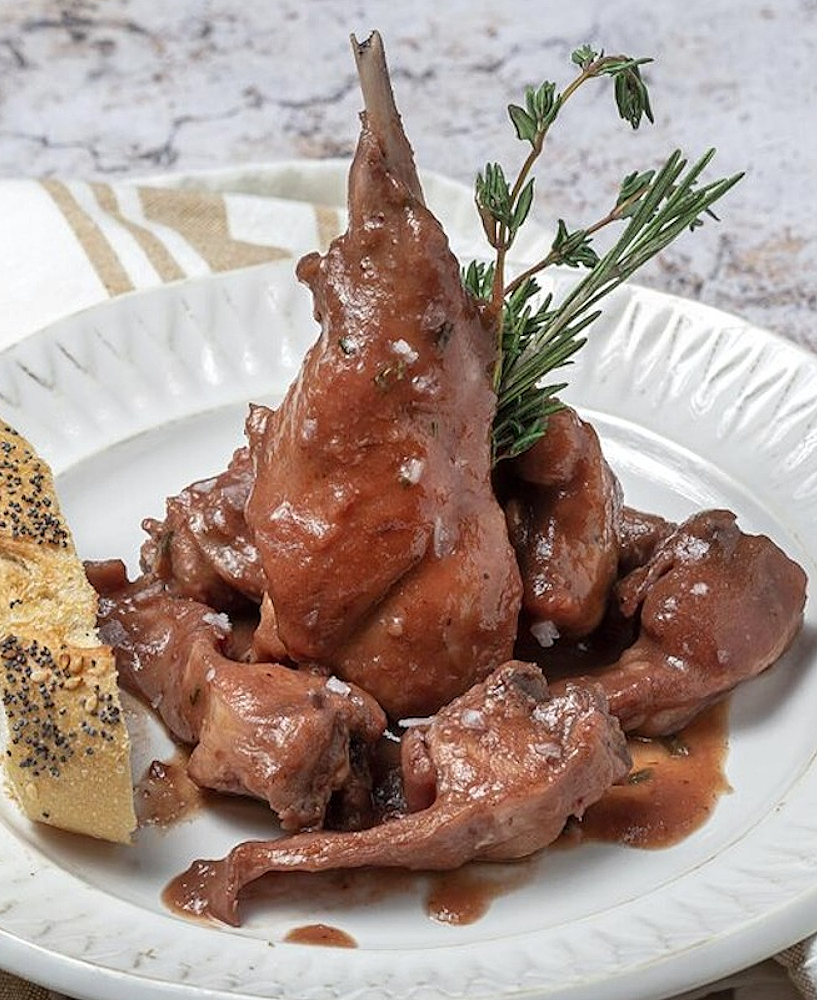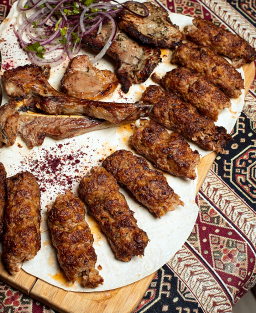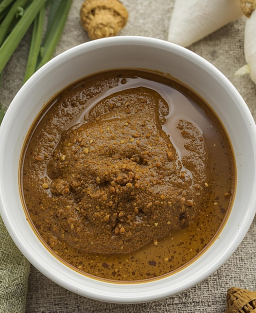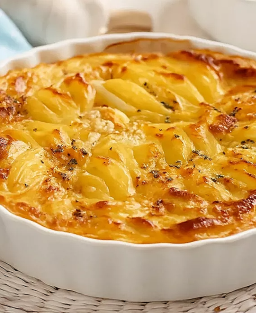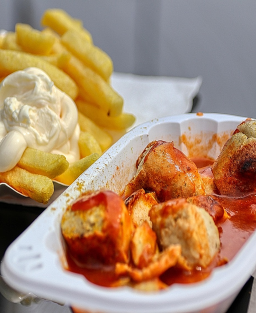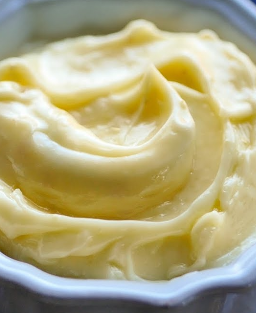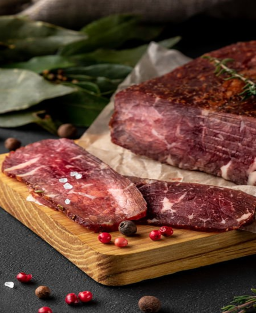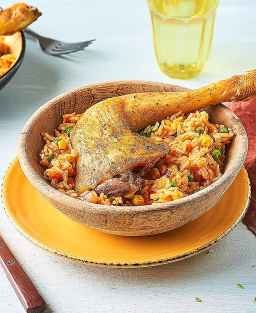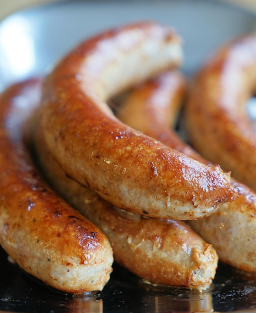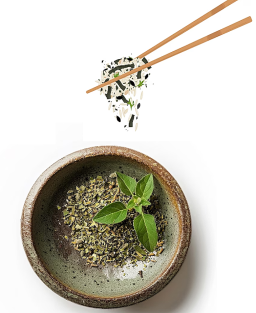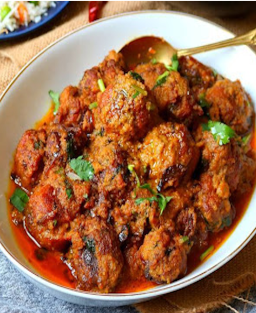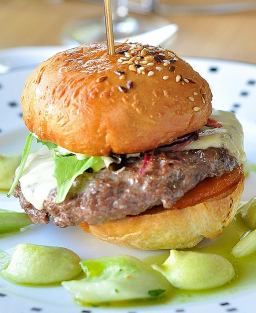- Out-of-Stock
François Pierre de La Varenne’s Rabbit in Wine Recipe (1691)
François Pierre de La Varenne’s Rabbit in Wine Recipe (1691)
Historical Context
François Pierre de La Varenne (1618–1678) was a French chef who played a major role in codifying classical French cuisine in the 17th century. His work, Le Cuisinier royal et bourgeois, published in 1691, was one of the first cookbooks to present refined, structured, and precise cooking. This pioneering text became the foundation of French haute cuisine.
La Varenne introduced simpler and more efficient cooking methods, replacing complex medieval techniques and the heavy use of spices with more subtle seasoning, while emphasizing fresh, high-quality ingredients.
The original rabbit in wine recipe exemplifies this culinary shift: it focuses on slow-cooking the meat in good-quality wine and uses innovative techniques for the time, such as employing a roux to thicken the sauce. This dish reflects the spirit of 17th-century cuisine: natural flavors, gentle cooking, and the use of local products.
Ingredients
-
1 whole rabbit (cut into pieces)
-
1 bottle of red or white wine (according to preference)
-
1 finely chopped onion
-
1 carrot, sliced into rounds
-
1 bouquet garni (thyme, bay leaf)
-
20 g of fresh butter
-
200 g of bacon or pork belly
-
1 tablespoon of vinegar (usually wine vinegar)
-
2 tablespoons of flour (to make the roux)
-
Salt and pepper for seasoning
-
½ liter of chicken or beef stock (or water if needed)
Preparation
1. Prepare the rabbit
Cut the rabbit into pieces (about 6 to 8 depending on its size). Rinse and thoroughly pat dry each piece with a clean cloth.
2. Brown the rabbit
In a large pot or Dutch oven, melt the butter over medium heat. Brown the rabbit pieces on all sides until nicely golden.
3. Add the bacon and vegetables
Add the bacon and chopped onion. Sauté until the onion becomes translucent and the bacon is slightly crisp.
4. Sprinkle with flour
Sprinkle the mixture with flour. Cook for 2 to 3 minutes, stirring constantly to form a light roux that will thicken the sauce.
5. Deglaze with wine
Pour the wine into the pot. Scrape the bottom with a wooden spoon to release any caramelized bits. Simmer for a few minutes to allow the alcohol to evaporate.
6. Add the stock and bouquet garni
Pour in the stock (or water) until the meat is partially covered. Add the bouquet garni and the vinegar. Season with salt and pepper.
7. Simmer gently
Cover and simmer gently for 1 to 1½ hours. The meat should become tender, and the sauce thick and aromatic. Check doneness by piercing the meat—it should easily come off the bone.
8. Adjust seasoning
Toward the end of cooking, taste and adjust the seasoning if needed.
9. Serve
Serve hot, covered with sauce, accompanied by seasonal vegetables, potatoes, or fresh pasta.
17th-Century Culinary Context
In the 17th century, French cuisine underwent a major transformation thanks to chefs like François Pierre de La Varenne. He simplified medieval recipes by focusing on technique, the natural flavor of ingredients, and restrained use of spices.
Rabbit in wine, with its meat braised in wine and broth, embodies the fundamentals of classical French cuisine. It emphasizes subtle flavors, thick sauces, and long, gentle cooking that tenderizes the meat. La Varenne also promoted the use of seasonal and local produce, aligning with the culinary principles of his time.
Significance of This Recipe
This recipe illustrates the transition between medieval and modern cooking. By using a common ingredient like rabbit, La Varenne showed how to create a refined dish from simple products. While appealing to noble tastes, his recipe would go on to influence bourgeois cuisine.
Today, it remains a valuable resource for understanding French culinary history while offering a delicious and timeless dish.
Vegetables Served with Rabbit in Wine in the 17th Century
The vegetables typically served with rabbit in wine during that era included:
-
Carrots: sliced and cooked in the sauce
-
Leeks: added sweetness and aroma
-
Turnips: slightly pungent flavor, often braised
-
Cabbage (green or curly): common in slow-cooked dishes
-
Green beans: already cultivated, though still rare
-
Celery: used in broths or as garnish
-
Parsnips: sweet and tender, mashed or boiled
These vegetables were most often braised or boiled and simply seasoned with salt, butter, and herbs (thyme, bay leaf).











